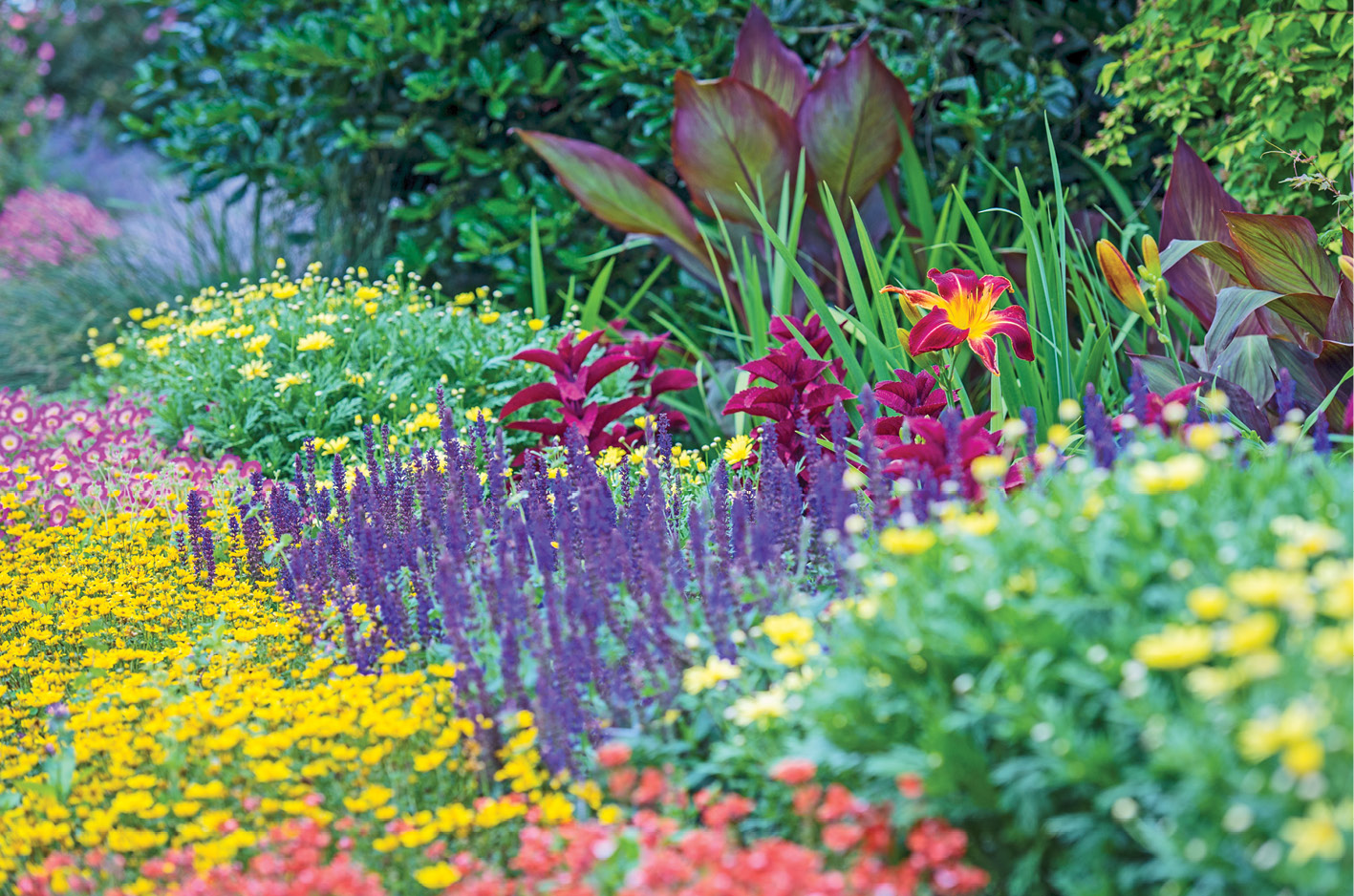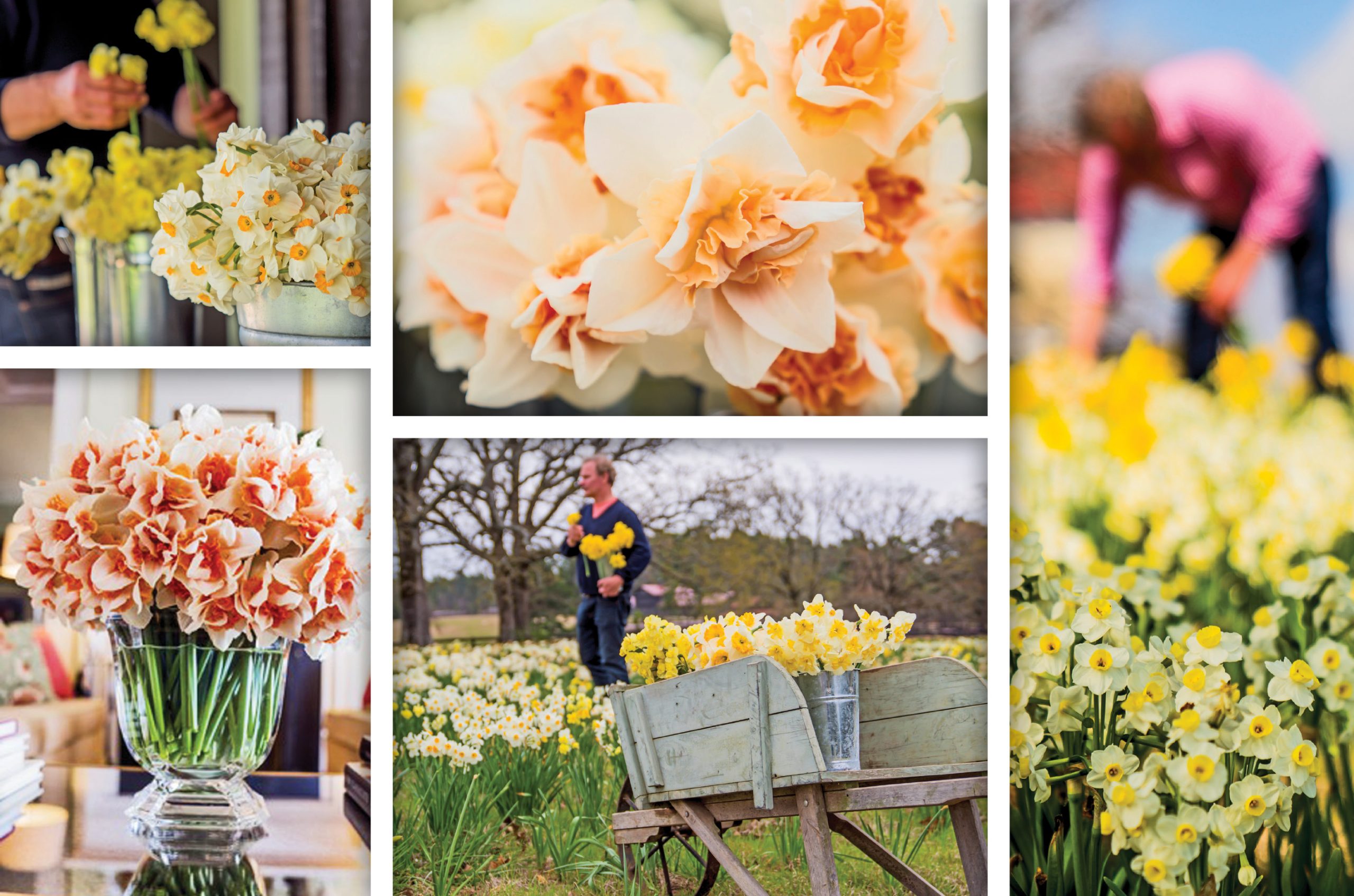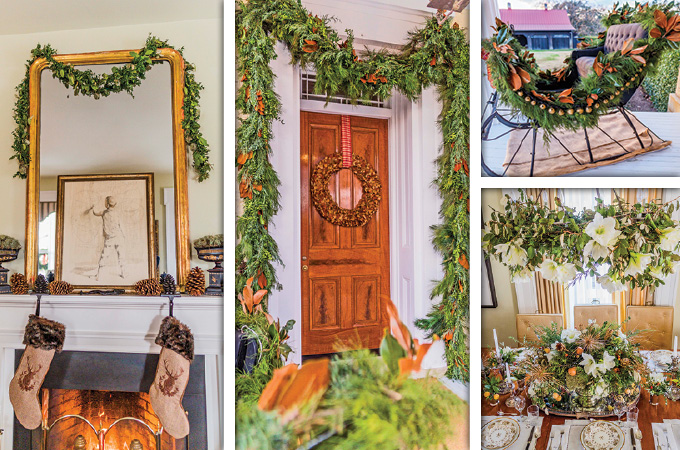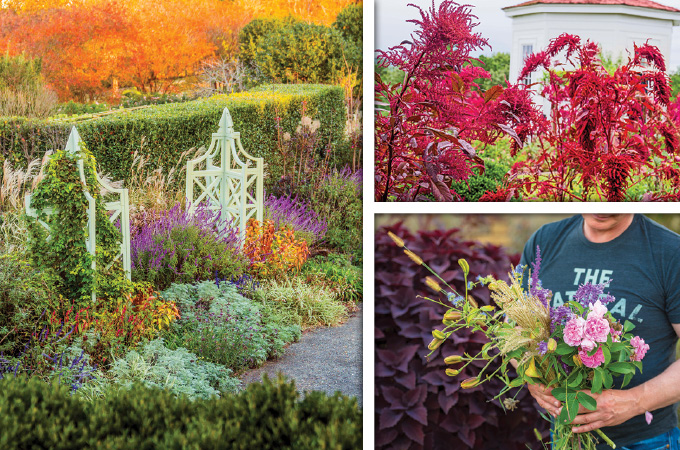I often get asked which plants are my favorites. As a garden designer and lifelong plant connoisseur, that can feel like a trick question. But if you want a plant that is hardy, long-blooming and culinary to boot, then it’s tough to beat the versatile and beautiful salvia.
Salvias, often referred to as ‘sages,’ can play many roles in the garden, from floriferous annuals and showy perennials to delicious herbs. And they often can be used interchangeably—culinary salvias are showy enough to be used in the flower garden, and perennial salvias bloom prolifically enough to be used in containers and window boxes.
Almost all salvias need at least six hours of sunlight a day to bloom successfully and require well-drained soil. As an added bonus, bees and hummingbirds find them irresistible, but deer and rabbits find the scented foliage unpleasant, so they pass them up.
Are you sold yet? The following are some of my favorite salvias, along with a few ideas about how to incorporate them into your flower garden—or your next salad, chicken dish or cocktail!
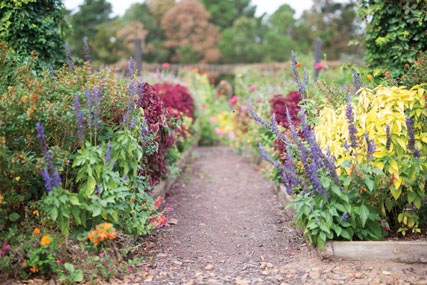
perennial salvias
Salvia x sylvestris, ‘May Night,’ is an award-winning perennial that can tolerate clay soils. It is hardy in zones 4 to 9, reaching about 18 inches tall. It provides a stunning blue show in spring and will repeat flower throughout the summer with not-so-careful deadheading. It’s beautiful paired with ornamental onions (alliums) and coral-colored peonies. Salvia nemerosa, ‘Sensation Rose,’ creates a pink flower display with blooms reaching only 12 inches tall. Hardy in zones 4 to 8, it’s another repeat bloomer that will debut fresh flowers every several weeks.
Salvia nemerosa, ‘Blue Marvel,’ features the largest flower blossoms of all the nemerosas. It only reaches about 10 inches tall and is a vigorous bloomer even without deadheading. It is hardy in zones 4 to 9 and charming when combined with shorter reblooming daylilies.
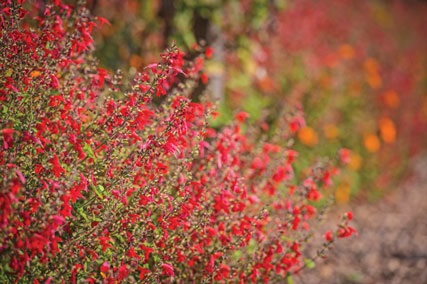
annual salvias
Salvia splendens, often called scarlet sage, is probably the variety most people are familiar with. It’s been around forever and is often available at hardware stores in six packs. Hardy in zones 8 to 10, this annual salvia is available in a variety of colors, and it’s a profuse bloomer. Traditionally paired with other annuals such as marigolds and zinnias, try combining it with grasses and daylilies.
Salvia guaranitica, ‘Black and Blue,’ is a stunning cobalt blue that is hardy in zones 8 to 10 and can reach anywhere from 2 to 5 feet tall. Its flower spikes can be almost 12 inches long, making it easily accessible to hummingbirds. It is excellent paired with reblooming daylilies, as well as fragrant oriental lilies.
Salvia microphylla, ‘Hot Lips,’ is a must for plant collectors or gardeners with a sense of humor. Its claim to fame is its unusual bicolor flowers that have the appearance of a white salvia that has been kissed by someone wearing scarlet lipstick. It garners attention in the garden from bugs, hummingbirds and humans alike. It can reach up to 3 feet tall and is hardy in zones 8 to 10. It’s beautiful paired with the bold, blooming peony and flowering daylilies. Salvia greggii, ‘Wild Thing’ or autumn sage, is a hot pink stunner hardy in zones 6 to 9. In addition to having a great name, ‘Wild Thing’ can reach up to 2 feet tall and has a shrubby, slightly woody appearance with blooms that delight hummingbirds.
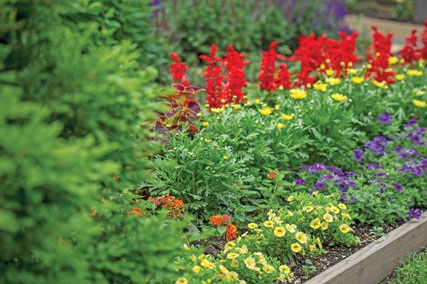
culinary salvias
Salvia officinalis, ‘Icterina’ or golden leaf sage, is as beautiful as it is delicious. It grows 1 to 2 feet tall and wide with leaves that are variegated with pale green and golden yellow. Hardy in zones 6 to 10, it is drought-tolerant once established and can be used in cooking either dried or fresh. Sage is often used in chicken and fish dishes and can be added to make a savory herbal butter.
Salvia officinalis, ‘Tricolor,’ outshines all of the culinary sages for its showy leaves, which are purple and green outlined in a striking white margin. Hardy in zones 6 to 9, it can reach 12 to 18 inches tall and can be used in any dish that calls for sage flavoring. Salvia elegans, pineapple sage, is a summertime favorite because of its brilliant scarlet flowers and fruity, pineapple-scented leaves. It’s a late summer bloomer, hardy in zones 8 to 10. It can reach up to 4 feet tall and its culinary uses are endless. Its leaves and flowers can be used in salads or added to fruit cocktails, and its leaves also can be used in recipes in place of mint, adding a unique twist to iced tea, cocktails and ice cream. Salvias are one of the garden’s most flexible, hardworking and easy plants. Whether used as an annual, perennial or herb, they are worthy of a spot of honor. And for this plant lover, they check all the boxes: beautiful, floriferous and in the herb garden, delicious.
Photo above: Mark Fonville
P. Allen Smith is an author, conservationist and TV host of Garden Home on PBS and Garden Style (check your local listings). He uses his Arkansas home, Moss Mountain Farm, to promote the local-food movement, organic gardening and the preservation of heritage poultry. For tours of the farm, visit pallensmith.com/tours.





